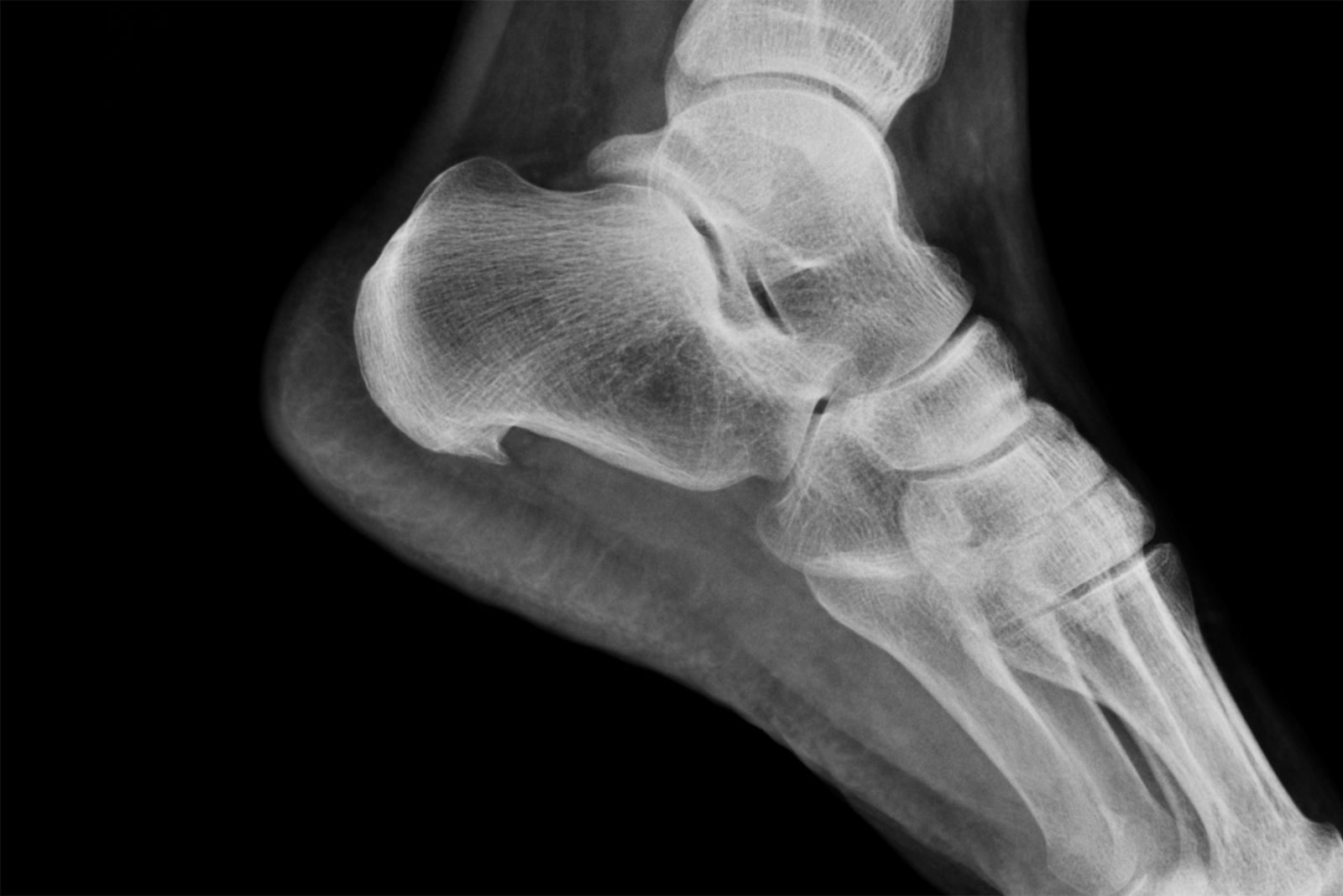Heel Spur
The heel, which is another name for the calcaneus bone located at the back of the foot, is the place where the first step in walking occurs, carrying the weight of the body. It is a problem of calcification of the heel bone, starting from the heel towards the sole muscle and ending in the metacarpal and finger muscles, due to reasons such as structural problems, heavy work conditions, long walks and inappropriate shoe use.

Şikayet
Pain when pressing is one of the first symptoms of heel spurs. While the pain is felt as a sting, especially when you first press after rest and when you first get up in the morning, patients state that the pain gradually decreases. However, the pain increases again after walking and makes walking difficult. Difficulties may occur in long-distance walks and sports.
Muayene
In cases of heel spurs, which may not cause any symptoms when viewed from the outside, pain is felt when pressing on the heel area. Sometimes this pain is located in the sole of the foot and the pain may increase with stretching the sole. In some cases, pain may not occur during examination.
Teşhis
After the examination, an x-ray is taken and a full diagnosis is made. In patients in doubt, the diagnosis is confirmed with magnetic resonance imaging.
Tedavi
After a full diagnosis is made, the first treatment that should be done is to protect the heel’s soft tissue with the use of appropriate insoles. Medication is started to relieve pain and inflammation. In later stages, physical therapy or shock wave therapy (ESWT) may be applied. Injections can be made on the heel spur in patients whose complaints do not go away. One of the best options for alternative and long-term treatment is PRP injection.

